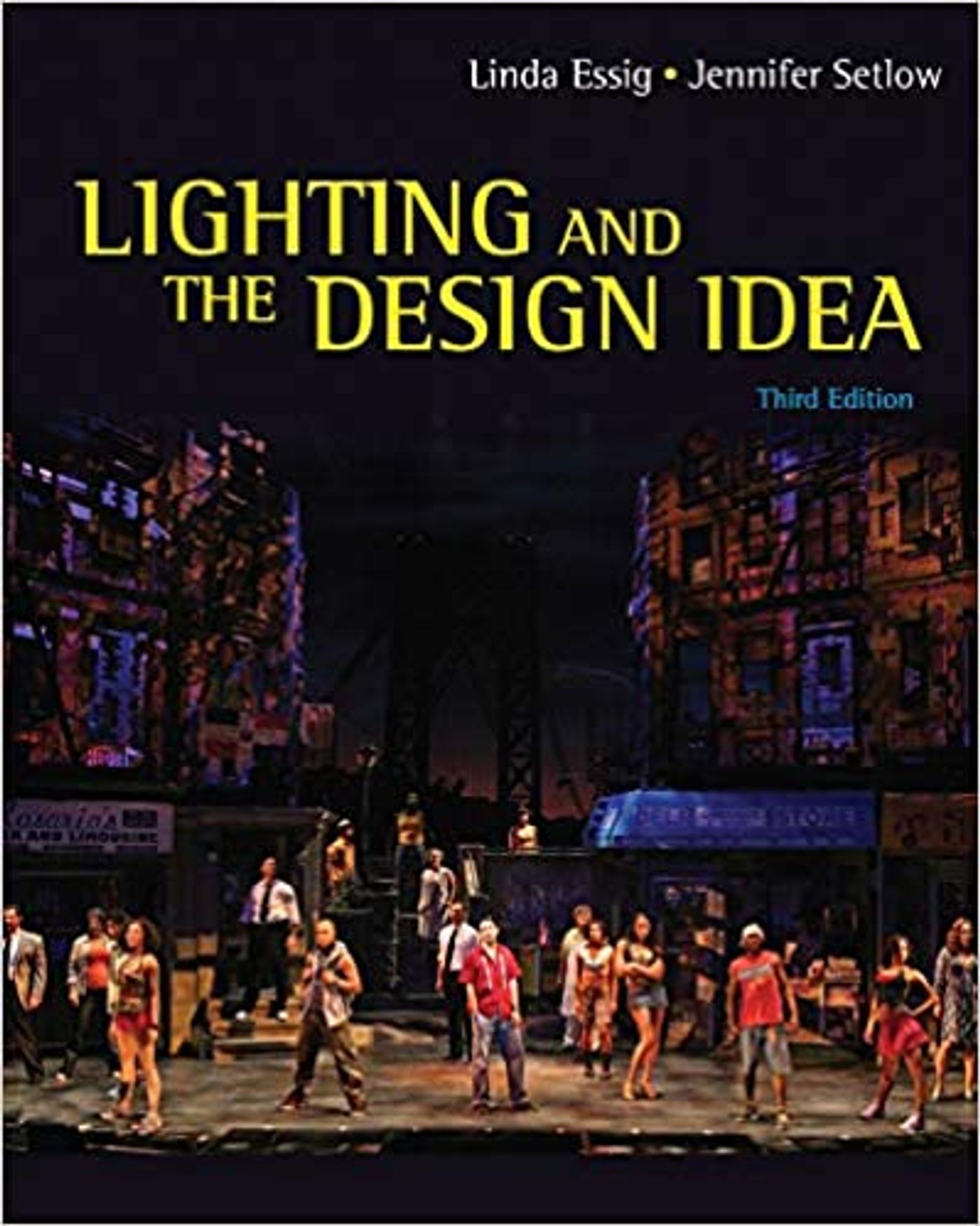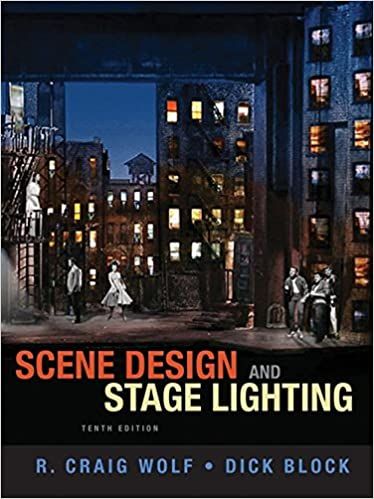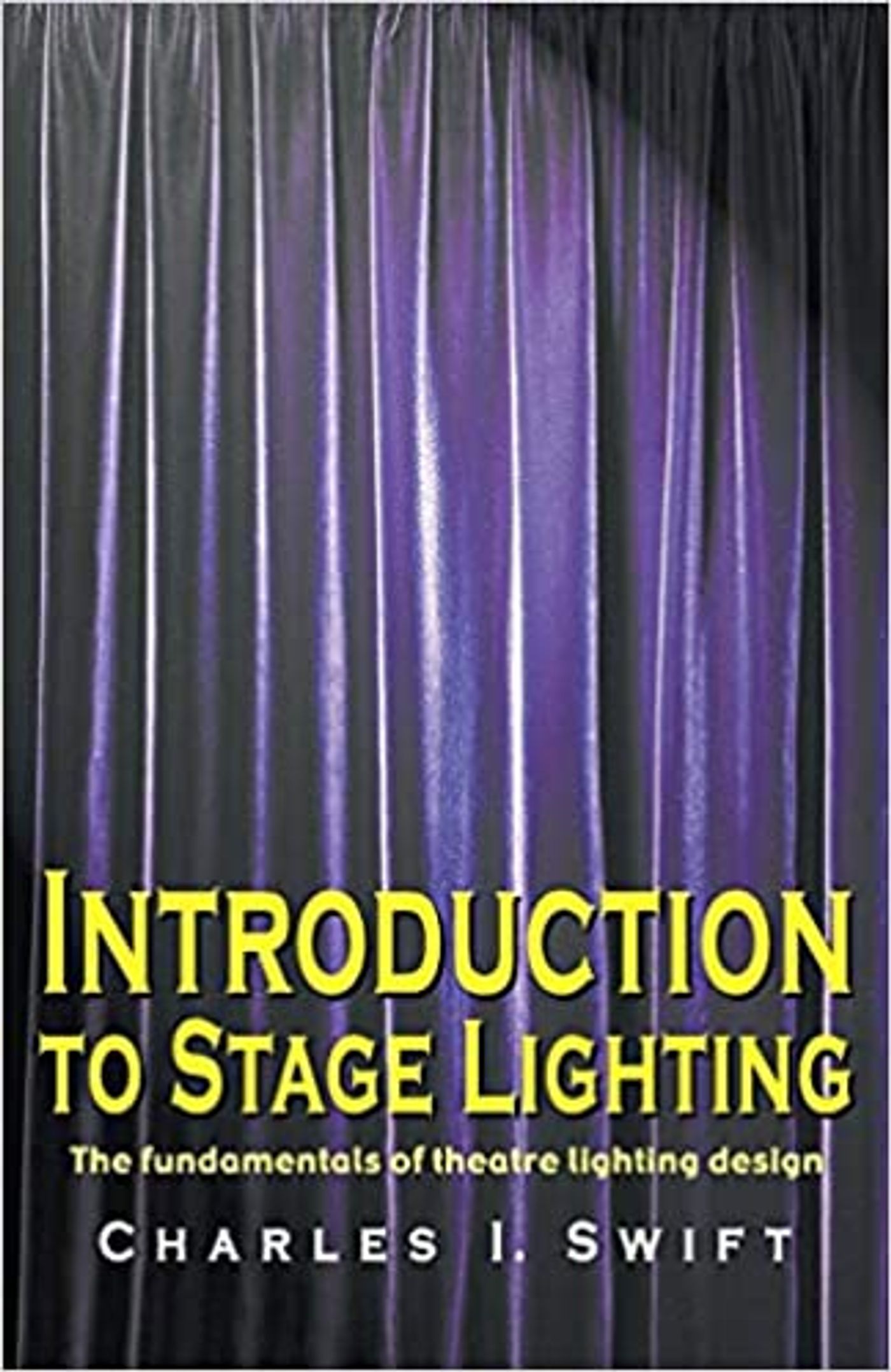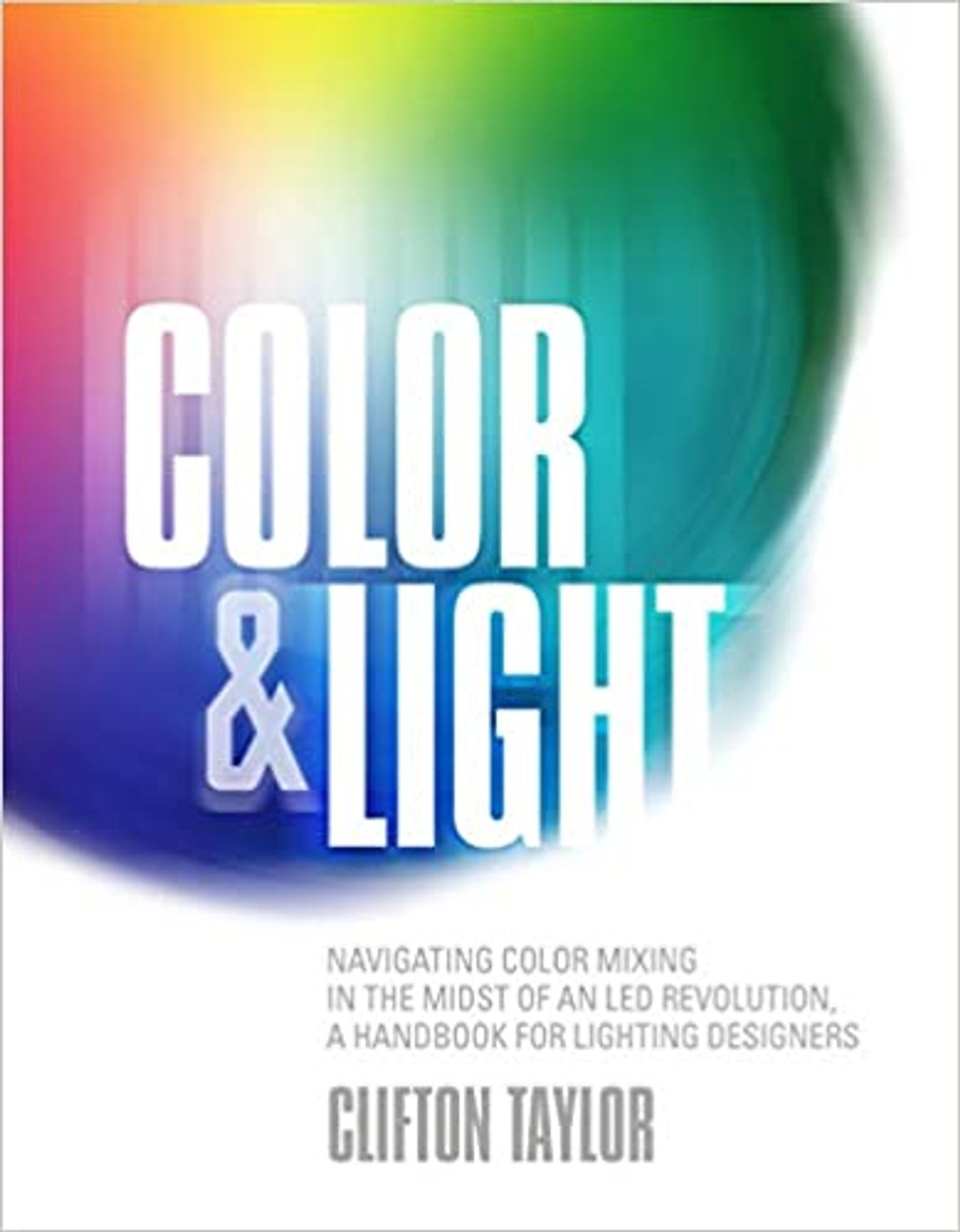5 Books Every Lighting Design Student Should Read
Learn more about the lighting design books every student should read at least once!
Lighting has the ability to tell a story all on its own. It has the ability to provoke a certain emotion from audience members without having to say anything. With that said, many don't realize the work, detail, and study that goes into lighting a show from behind the scenes. Lighting designers are such a crucial part of any performance and should be praised for their knowledge and skill. Here are the top five books every lighting design student should read at least once!
 Lighting and the Design Idea (Wadsworth Series in Theatre) 3rd Edition by Linda Essig and Jennifer Setlow
Lighting and the Design Idea (Wadsworth Series in Theatre) 3rd Edition by Linda Essig and Jennifer Setlow
Understand the design process with LIGHTING AND THE DESIGN IDEA, Third Edition! With coverage of professional theatre practices in both commercial and residential theater, this text emphasizes the process by which lighting designers turn their ideas about a piece into the medium of stage lighting. Design concepts are illustrated by the text's art program so that concepts are easier to apply. A new chapter provides real-world advice, sample resumes, and other helpful tools for making the transition from student to working professional.
Purchase on Amazon Here.
 Scene Design and Stage Lighting 10th Edition by R. Craig Wolf and Dick Block
Scene Design and Stage Lighting 10th Edition by R. Craig Wolf and Dick Block
Now in full color and packed with professional information and cutting-edge technologies, SCENE DESIGN AND STAGE LIGHTING, Tenth Edition, equips you with the most up-to-date coverage available on scenery, lighting, sound, and technology. Completely current, the exciting new tenth edition has two new chapters on digital integration in scene design and lighting design (Chapters 12 and 13), a new chapter on getting work in the profession (Chapter 28), and mirrors the best of real-world practices. Vibrant color production photographs support the text and spotlight examples of contemporary work.
The book retains its strong emphasis on modern technology, with many changes in the lighting design and sound design chapters, reflecting the latest practices. The text also includes an expanded section on television design, as well as an emphasis on health and safety issues. The authors emphasize collaboration in all sections of the text, and they provide insight via interviews with professional lighting and scenery designers in two features: "Working Professionals" and "Designers at Work." Reflecting current professional practice, SCENE DESIGN AND STAGE LIGHTING, Tenth Edition, offers in-depth coverage of a broad range of topics, making it the most detailed and comprehensive text available in the scenic, lighting, and sound design fields.
Purchase on Amazon Here.
 Introduction to Stage Lighting: The Fundamentals of Theatre Lighting Design by Charles I. Swift
Introduction to Stage Lighting: The Fundamentals of Theatre Lighting Design by Charles I. Swift
Intended as a text for those who are developing their craft in the field of stage lighting design, this book also can serve as a reference for drama teachers and directors who wish to expand their insight into the total process of stage lighting design. The focus of this book is on the process of design rather than the latest developments in lighting and control technology. Effective design, after all, relies more on a thoughtful approach to the work than on the ever-expanding capabilities of the fixtures.
Twelve chapters are divided into three sections. First, Tools and Terminology covers all of the basics-lighting fixtures, how stage lights work, terminology, and the quality of light. Next, Manipulating the Light addresses the controllable qualities of light-angle, intensity, movement, and color as well as developing the lighting key. The final portion of the book devotes itself to the Collaborative Process since no lighting director should ever work in a vacuum. Enhanced with 40 illustrations and photos, this is an indispensable reference.
Purchase on Amazon Here.
 The Lighting Supervisor's Toolkit (The Focal Press Toolkit Series) 1st Edition by Jason E. Weber
The Lighting Supervisor's Toolkit (The Focal Press Toolkit Series) 1st Edition by Jason E. Weber
The Lighting Supervisor's Toolkit guides readers through the Lighting Supervisor's production process with an emphasis on the importance of the collaborative nature of the role.
Lifting the veil on a process regularly learned on the job, this book offers a deeper understanding of the role of the Lighting Supervisor and how to take lighting designs from dreams to reality. Readers will learn to communicate with designers, analyze drawings, plan installations, document decisions, supervise crews, and innovate out-of-the-box solutions.
Providing guidance for technically focused individuals seeking a deeper understanding of the profession, The Lighting Supervisor's Toolkit is ideal for students and professional technicians looking to take on important leadership roles in theatrical and entertainment lighting.
Purchase on Amazon Here.
 Color & Light: Navigating Color Mixing in the Midst of an LED Revolution, A Handbook for Lighting Designers by Clifton Taylor
Color & Light: Navigating Color Mixing in the Midst of an LED Revolution, A Handbook for Lighting Designers by Clifton Taylor
Color & Light is an essential practical guide to how color works in light. Written from the perspective of a theatrical lighting designer, it discusses how to see color, how to construct effective lighting palettes, and how to make use of both color filters and color-mixing LED fixtures to create compositions that work well with scenery and costumes to tell compelling stories.
Today's LED-based additive color-mixing fixtures require new methodologies and new ways of thinking, and Color & Light directly addresses this technology's potentials and challenges. But underpinning lighting's many recent technological changes is the fundamental language of color that artists have worked with since the birth of humanity's artistic urges.
Purchase on Amazon Here.
Videos


